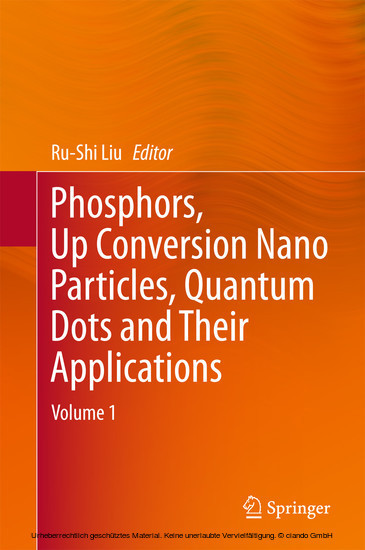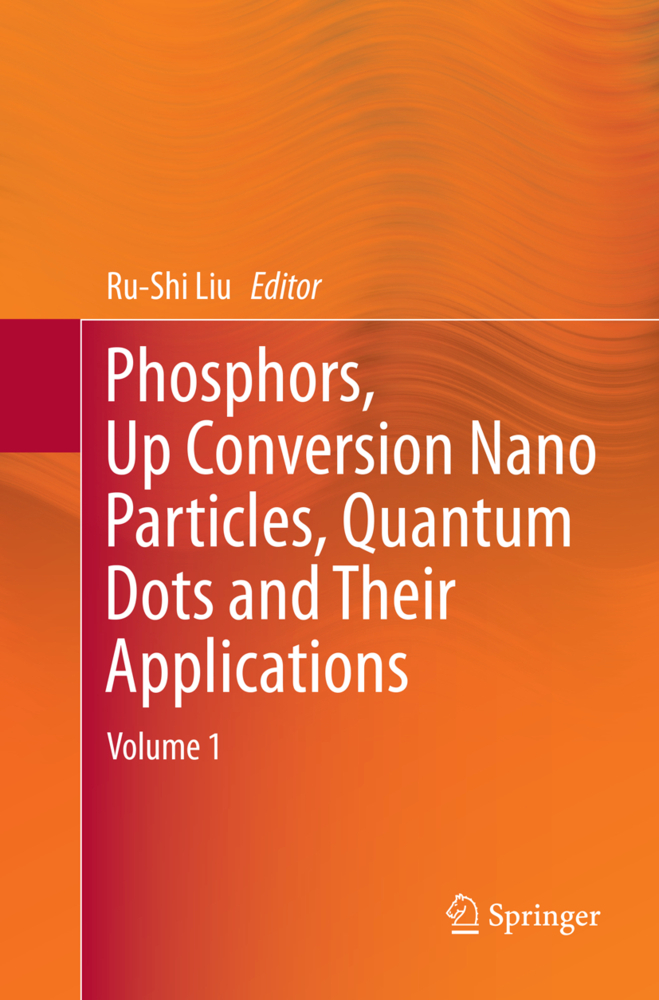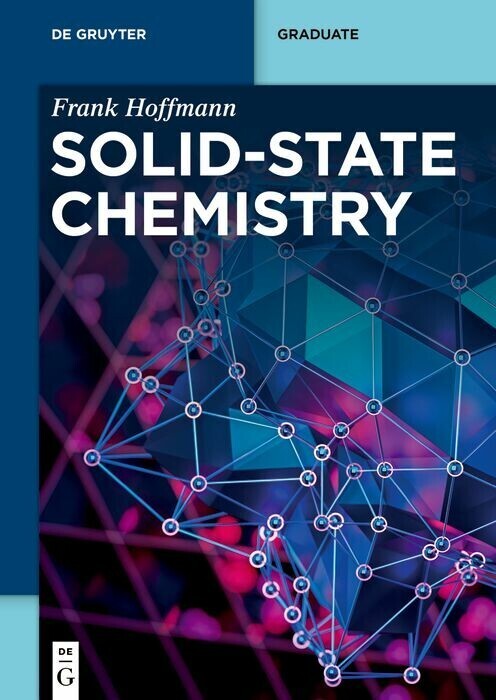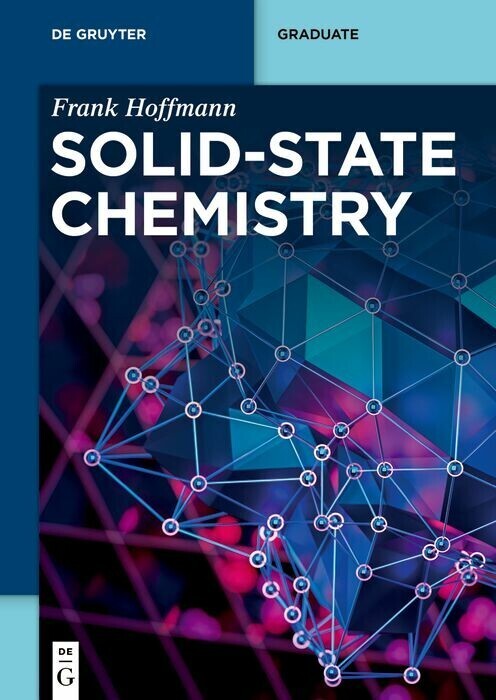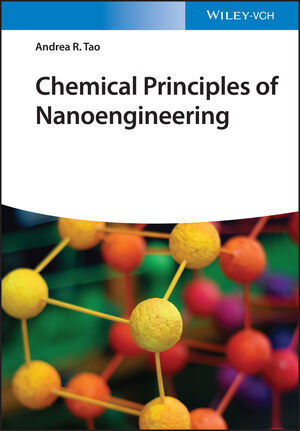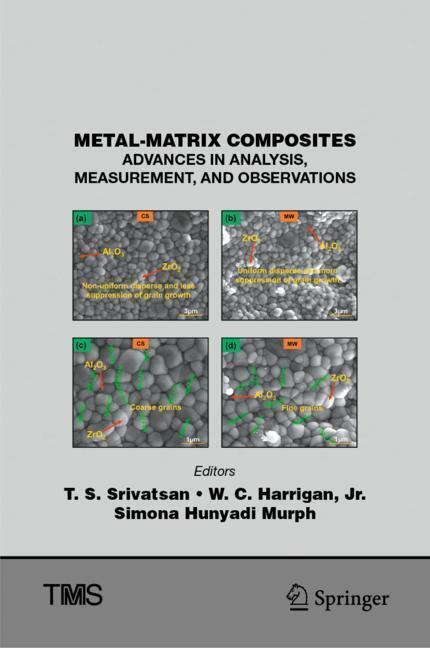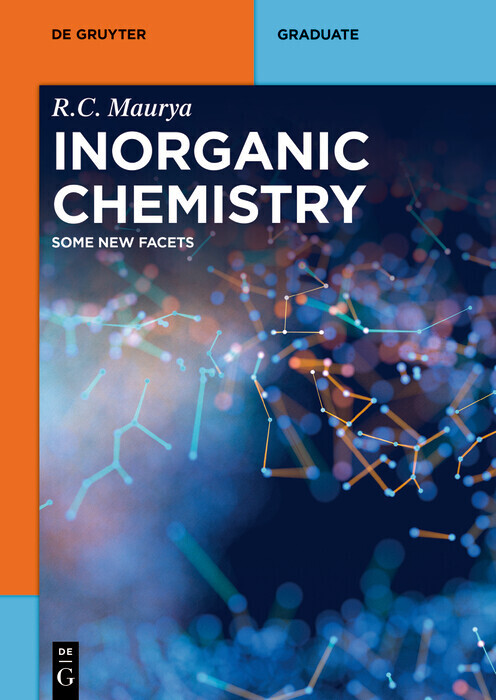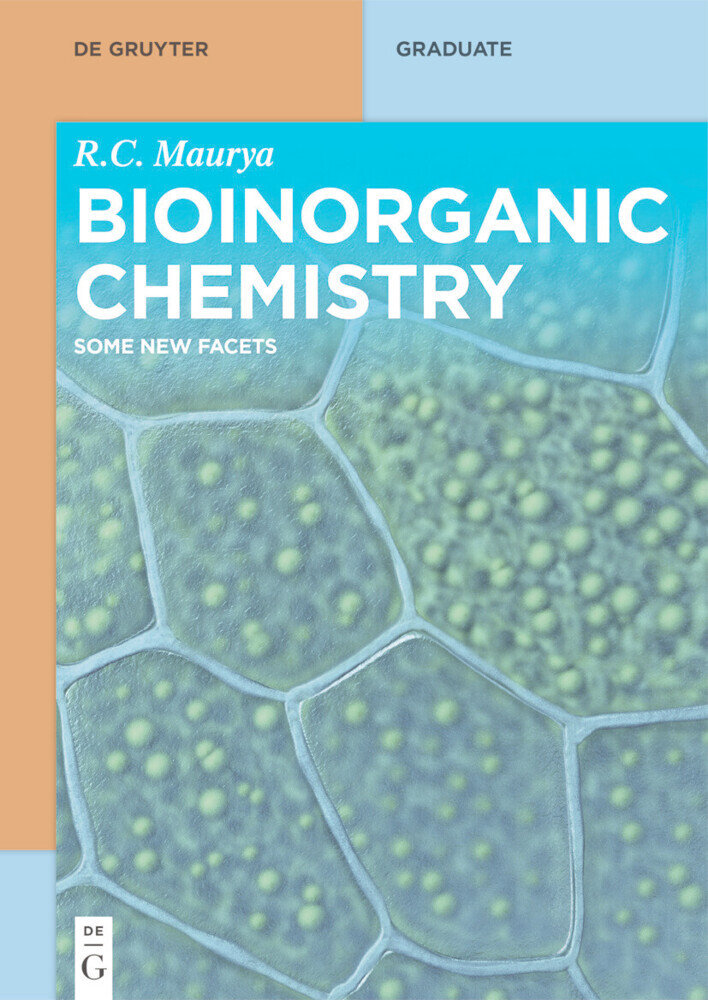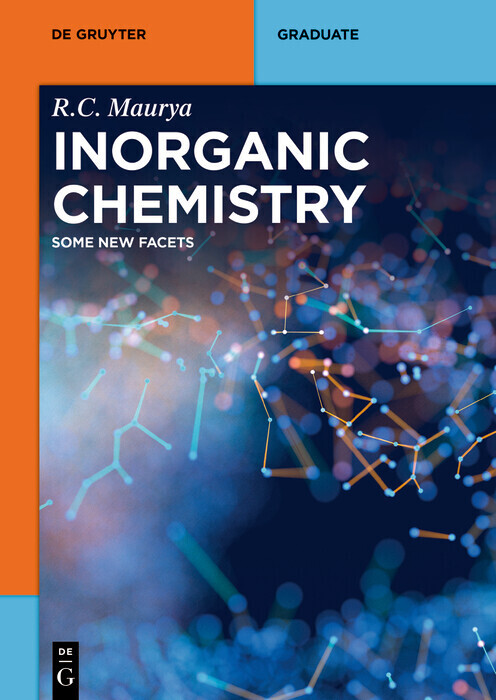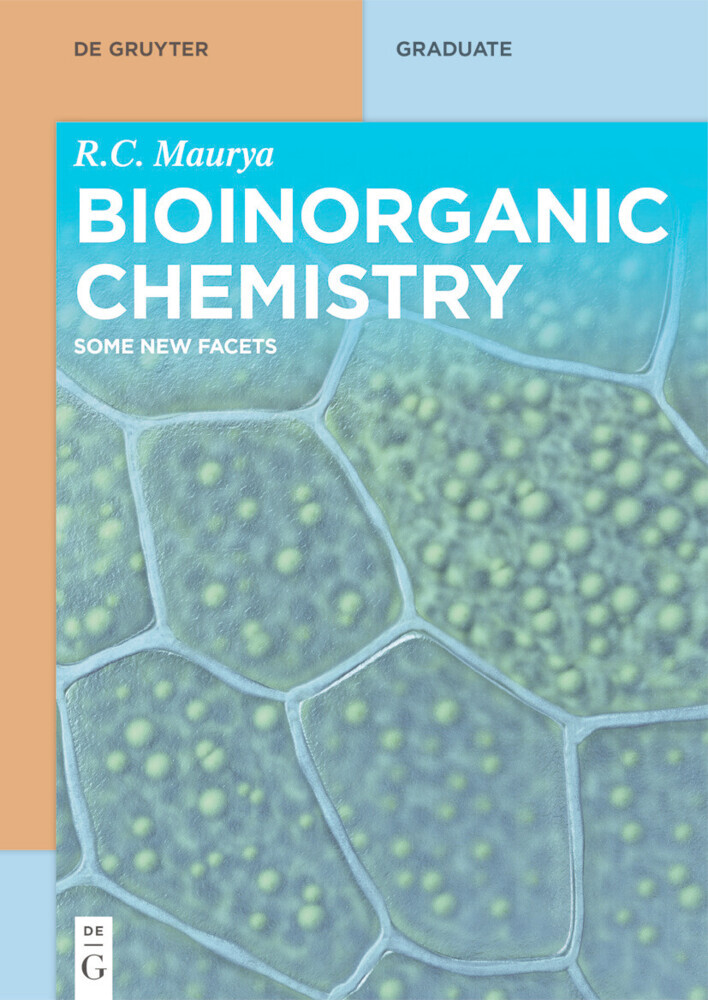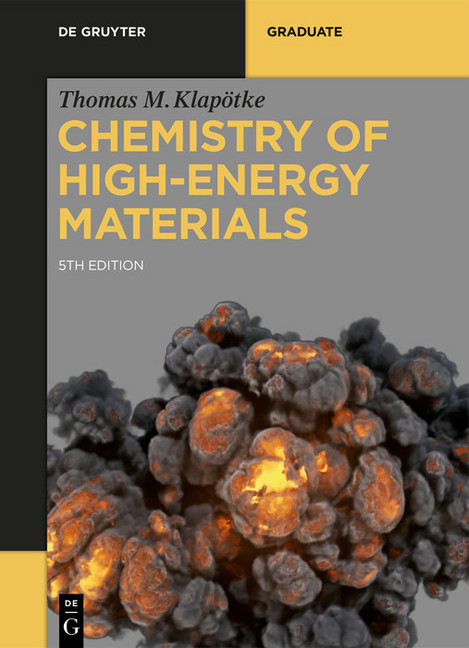Phosphors, Up Conversion Nano Particles, Quantum Dots and Their Applications
This book introduces readers to fundamental information on phosphor and quantum dots. It comprehensively reviews the latest research advances in and applications of fluoride phosphors, oxide phosphors, nitridosilicate phosphors and various quantum dot materials. Phosphors and phosphor-based quantum dot materials have recently gained considerable scientific interest due to their wide range of applications in lighting, displays, medical and telecommunication technologies.
This work will be of great interest to researchers and graduate students in materials sciences and chemistry who wish to learn more about the principles, synthesis and analysis of phosphors and quantum dot materials.
Professor Ru-Shi Liu is currently a professor at the Department of Chemistry, National Taiwan University. He received his Bachelor's degree in Chemistry from Soochow University (Taiwan) in 1981, and his Master's degree in Nuclear Science from the National Tsinghua University (Taiwan) in 1983. He obtained two PhD degrees in Chemistry - one from National Tsinghua University in 1990 and one from the University of Cambridge in 1992. He worked at Materials Research Laboratories at the Industrial Technology Research Institute from 1983 to 1985. He was an Associate Professor at the Department of Chemistry of National Taiwan University from 1995 to 1999, and appointed a professor in 1999. His research focuses on the field of Materials Chemistry. He is the author or coauthor of more than 500 publications in scientific international journals, and holds more than 100 patents.
1;Preface;5 2;Contents;6 3;1 Introduction to the Basic Properties of Luminescent Materials;8 3.1;Abstract;8 3.2;1.1 History and Classification of LEDs;9 3.3;1.2 Fundamentals of Phosphors;12 3.3.1;1.2.1 Host Lattice;12 3.3.2;1.2.2 Activator;13 3.3.2.1;1.2.2.1 Transition-Metal Ions;13 3.3.2.2;1.2.2.2 Rare-Earth Ions (4f ? 4f Transition);14 3.3.2.3;1.2.2.3 Rare-Earth Ions (5d ? 4f Transition);16 3.3.3;1.2.3 Effect-Dependent Luminescence;17 3.3.4;1.2.4 Energy Transfer;18 3.3.5;1.2.5 Thermal Effect;19 3.3.6;1.2.6 Classification of Phosphors for Pc-WLEDs;21 3.4;1.3 Fundamentals of Nanomaterials;23 3.4.1;1.3.1 Quantum-Confinement Effect;24 3.4.2;1.3.2 Nucleation and Growth;25 3.4.3;1.3.3 II-VI, III-V, and I-III-VI Semiconducting QDs;27 3.4.3.1;1.3.3.1 Binary II-VI QDs;27 3.4.3.2;1.3.3.2 Binary III-V QDs;28 3.4.3.3;1.3.3.3 Ternary I-III-VI QDs;30 3.5;References;31 4;2 Phosphors for White-Light LEDs Through the Principle of Energy Transfer;37 4.1;Abstract;37 4.2;2.1 Introduction;38 4.3;2.2 Theory of Electronic Transition and Luminescence;38 4.3.1;2.2.1 Literature Review;42 4.4;2.3 Design Principles and Preparation Protocol of White-Emitting Phosphors;43 4.5;2.4 White-Emitting Phosphors with Predesigned Energy-Transfer Mechanisms;45 4.5.1;2.4.1 White-Emitting Phosphors with Energy Transfer from Eu2+ to Mn2+;45 4.5.2;2.4.2 White-Emitting Phosphors with Energy Transfer from Ce3+ to Eu2+;47 4.5.3;2.4.3 White-Emitting Phosphors with Energy Transfer from Ce3+ to Mn2+ [45-48];48 4.5.4;2.4.4 Trichromatic White-Emitting Phosphors with Dual-Energy Transfer;49 4.6;2.5 Summary and Perspectives;56 4.7;Acknowledgments;56 4.8;References;57 5;3 Energy Transfer Between Luminescent Centers;60 5.1;Abstract;60 5.2;3.1 Introduction;60 5.3;3.2 Spectroscopic Evidence for Energy Transfer;61 5.4;3.3 Efficiencies of Donor Luminescence and Energy Transfer;62 5.5;3.4 Lifetimes;64 5.5.1;3.4.1 Excited-State Lifetime;64 5.5.2;3.4.2 Fluorescence Lifetime;65 5.6;3.5 Theory of Energy Transfer;65 5.6.1;3.5.1 Electric Multipolar Interaction;66 5.6.2;3.5.2 Exchange Interaction;70 5.6.3;3.5.3 Diffusion-Limited Energy Transfer;71 5.7;References;71 6;4 Principles of Energetic Structure and Excitation-Energy Transfer Based on High-Pressure Measurements;72 6.1;Abstract;72 6.2;4.1 Introduction;72 6.3;4.2 High-Pressure Generation and Equipment;74 6.3.1;4.2.1 Hydrostatic Pressure as Experimental Variable;74 6.3.2;4.2.2 High-Pressure Cells;75 6.3.3;4.2.3 Anvils and Gaskets;77 6.3.4;4.2.4 Pressure-Transmitting Media;77 6.3.5;4.2.5 High-Pressure Sensors;80 6.4;4.3 Fundamentals of High-Pressure Luminescence Phenomena;81 6.4.1;4.3.1 Pressure-Induced Shifts of the Band States;84 6.4.2;4.3.2 Pressure Dependence of Transition-Metal Ion Luminescence;84 6.4.2.1;4.3.2.1 Pressure Dependence of Ti3+ (3d1) Luminescence;87 6.4.2.2;4.3.2.2 High-Pressure Spectroscopy of the 3d3 and 3d2 Systems;89 6.5;4.4 Rare-Earth Ions;94 6.5.1;4.4.1 Pressure Dependence of 4fn-4fn Transitions;94 6.5.1.1;4.4.1.1 Ce3+ and Yb3+;95 6.5.1.2;4.4.1.2 Pr3+ Ions;96 6.5.1.3;4.4.1.3 Nd3+ Ion;103 6.5.1.4;4.4.1.4 Eu3+, Tb3+ and Eu2+ Ions;104 6.5.1.5;4.4.1.5 Spectroscopic Evidence of Pressure-Induced Phase Transitions;105 6.6;4.5 Luminescence Related to the 4fn?15d ? 4fn Transitions in Ln3+ and Ln2+ Ions;106 6.6.1;4.5.1 5d ? 4f Luminescence in Ce3+;108 6.6.2;4.5.2 4f5d ? 4f2 Luminescence in Pr3+;113 6.6.3;4.5.3 4f6 5d ? 4f7 Luminescence in Eu2+ and 4f135d ? 4f14 Luminescence in Yb2+;115 6.6.4;4.5.4 d-f Luminescence in Actinides;124 6.7;4.6 Influence of Pressure on Ionization and Charge-Transfer Transitions;124 6.7.1;4.6.1 Model of Impurity-Trapped Exciton States;126 6.7.2;4.6.2 High-Pressure Effect on an Anomalous Luminescence in Eu2+- and Yb2+-Doped Materials;130 6.7.3;4.6.3 Pressure-Induced Luminescence Quenching in Pr3+- and Tb3+-Doped Materials;134 6.7.4;4.6.4 Pressure Dependence of the Energy of CT Transitions;143 6.8;4.7 Summary;147 6.9;Acknowledgments;147 6.10;References;148 7;5 First-Principles Calculations of Structu
Liu, Ru-Shi
| ISBN | 9783662527719 |
|---|---|
| Artikelnummer | 9783662527719 |
| Medientyp | E-Book - PDF |
| Copyrightjahr | 2016 |
| Verlag | Springer-Verlag |
| Umfang | 593 Seiten |
| Sprache | Englisch |
| Kopierschutz | Digitales Wasserzeichen |

